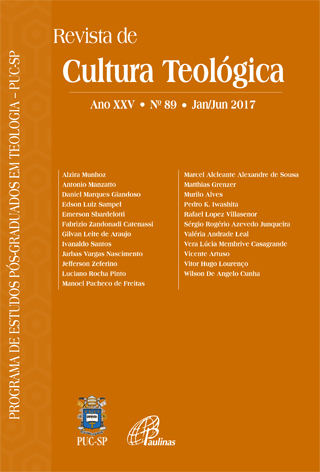The nāḥāš in the Garden of Eden (Gen 2:4b-3:24): Malevolent or Benevolent?
DOI:
https://doi.org/10.23925/rct.i89.34441Keywords:
nāḥāš, Eden narrative, Fall, Ancient Near East Literature, Genesis 3, 1-6, 13Abstract
Traditionally, the serpent (Hebrew nāḥāš) has been interpreted as a negative symbol, in some sources as the vehicle used by the tempter to cause the fall of mankind. This negative view of the serpent has been questioned recently again. Two main points are raised in relation to the narrative of Genesis 2-3. First, in the literature and iconographic material of the Near East, snakes function as positive symbols of life and wisdom. Second, it is argued that the narrative of Genesis 2-3 gives no indication that the serpent should be interpreted negatively. The present article argues against this recent stance and shows that both from the perspective of the Near Eastern material and the narrative itself, the snake is best interpreted as a negative symbol.Downloads
Published
2017-09-12
How to Cite
Cunha, W. de A. (2017). The nāḥāš in the Garden of Eden (Gen 2:4b-3:24): Malevolent or Benevolent?. Revista De Cultura Teológica, (89), 10–26. https://doi.org/10.23925/rct.i89.34441
Issue
Section
Artigos


